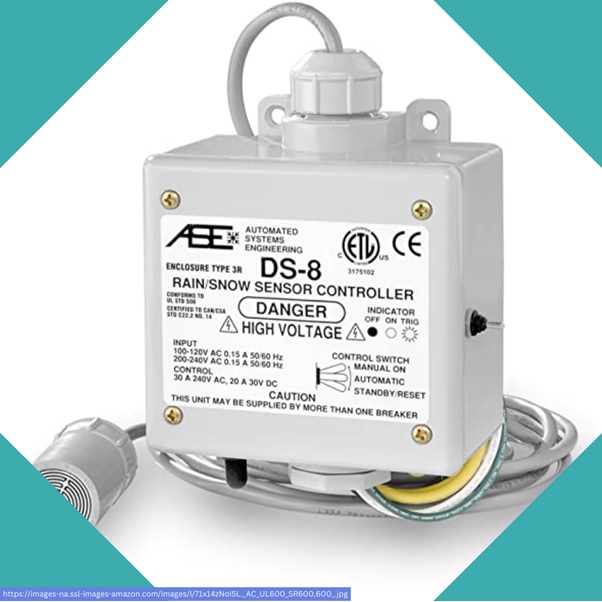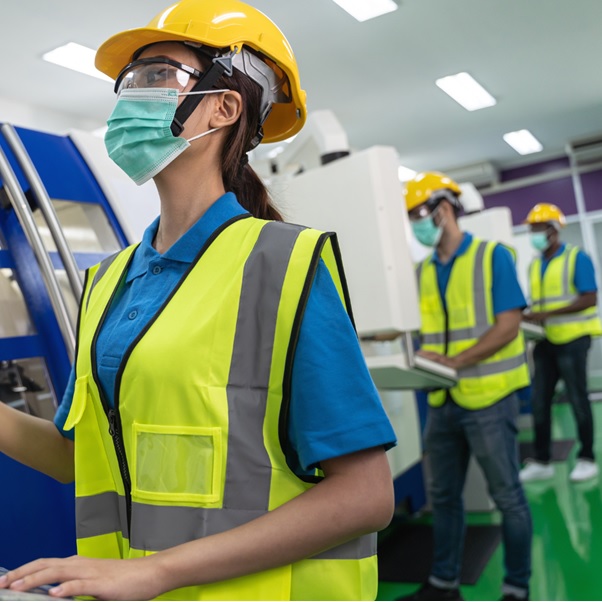
Aside from the Raychem heat trace termination kit, countless experts use the heat trace thermostat in their facilities. It is an essential heating system component in various industries and applications. It helps regulate the temperature of pipes, tanks, and other equipment to prevent freezing or heat loss, condensation, and other issues that can cause damage or downtime.
Numerous facilities throughout the globe rely on the heat trace thermostat to keep their equipment at ideal temperatures. Like the explosion proof thermostat, it can protect various components and pieces of machinery from facing critical concerns while keeping facility workers safe from mishaps.
If you are in the market for a heat trace thermostat, here are five tips to help you choose the right one for your needs.
5 Tips For Getting A Heat Trace Thermostat
1. Determine the Type of Energy Source You Have
The first step in choosing a heat trace thermostat is determining the type of energy source in your facility. There are two main types of energy sources: electrical and self-regulating fluids. Electrically-powered trace line heaters can use single or three-phase power and rely on alternating current or AC. Meanwhile, the latter energy source type can be steam or hot water—a more cost-effective and environmentally-friendly option.
2. Consider the Environment
Like the self regulating heating cable, heat trace systems rely on their environment to perform effectively. The area that will house the heat trace thermostat is crucial for the equipment. If your space is harsh, such as a chemical plant or a food processing facility, you may need a different heat trace thermostat type. You may want to opt for those with explosion-proof, waterproof, or corrosion-resistant features to ensure their effectiveness.
3. Determine the Temperature Range
Like buying glass tape for your heat trace system, you should consider the temperature range of the heat trace thermostat when shopping for one. The temperature range should be appropriate for the pipe, tank, or equipment’s fluid to prevent as many issues as possible. If the temperature range is too low, the heat trace system may not provide enough heat. If the temperature range is too high, the heat trace system may overheat and experience damage.

4. Choose the Appropriate Control Method
The heat trace thermostat is available in various control methods. Facility owners like you can find them with mechanical, digital, and programmable control mechanisms. Mechanical thermostats are the simplest and least expensive—but they are not as accurate as digital or programmable thermostats. Digital and programmable thermostats offer more precise temperature control and can be programmed to turn on and off at specific times.
5. Look for Features That Meet Your Specific Needs
Finally, consider the features that are important for your specific needs. For example, if you need a heat trace thermostat that you can remotely monitor and control, look for one with a remote control or a web interface. If you need a heat trace thermostat that can integrate into a more complex control system, look for a model with a compatible setup.
Supermec is among the leading providers of heat trace thermostat systems in Asia. Check out its website while considering the tips above to get your hands on one of its heat trace setups.






